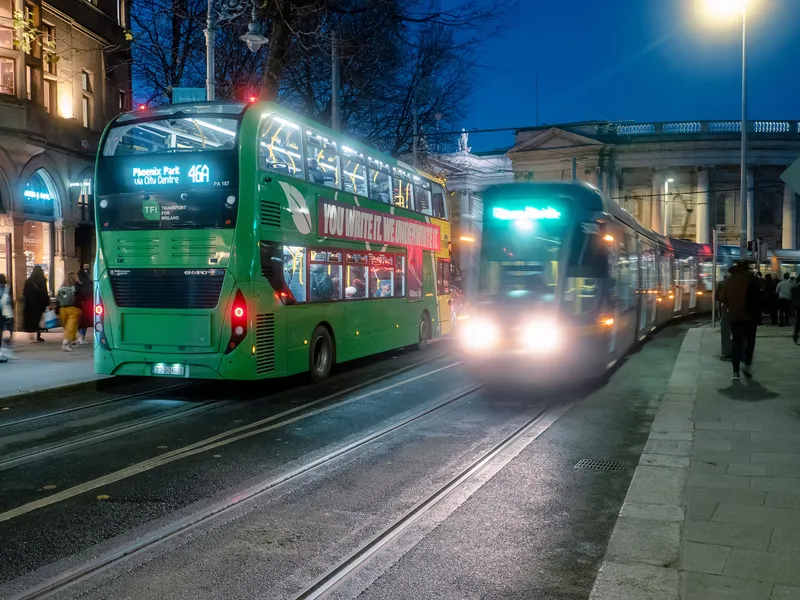Mayor of the City of Sao Paulo in Brazil, Gilberto Kassab has announced plans for electric buses from Chinese manufacturer BYD to run in the city by the end of the year. There are approximately 15,000 public buses in the city of Sao Paulo today; however fleet buses are responsible for more than 20% of total transportation emissions. BYD says its electric bus is not only zero-emissions but also economical. It is estimated that energy savings of US$246,000 could be saved during the life cycle of a San Paulo
October 9, 2012
Read time: 1 min
Mayor of the City of Sao Paulo in Brazil, Gilberto Kassab has announced plans for electric buses from Chinese manufacturer 5445 BYD to run in the city by the end of the year.
There are approximately 15,000 public buses in the city of Sao Paulo today; however fleet buses are responsible for more than 20% of total transportation emissions. BYD says its electric bus is not only zero-emissions but also economical. It is estimated that energy savings of US$246,000 could be saved during the life cycle of a San Paulo bus.
The mayor made his announcement after driving a BYD GreenCity bus which was on display at the city’s convention centre together with other new sustainable urban technologies planned for the streets during the next World Cup.
There are approximately 15,000 public buses in the city of Sao Paulo today; however fleet buses are responsible for more than 20% of total transportation emissions. BYD says its electric bus is not only zero-emissions but also economical. It is estimated that energy savings of US$246,000 could be saved during the life cycle of a San Paulo bus.
The mayor made his announcement after driving a BYD GreenCity bus which was on display at the city’s convention centre together with other new sustainable urban technologies planned for the streets during the next World Cup.








